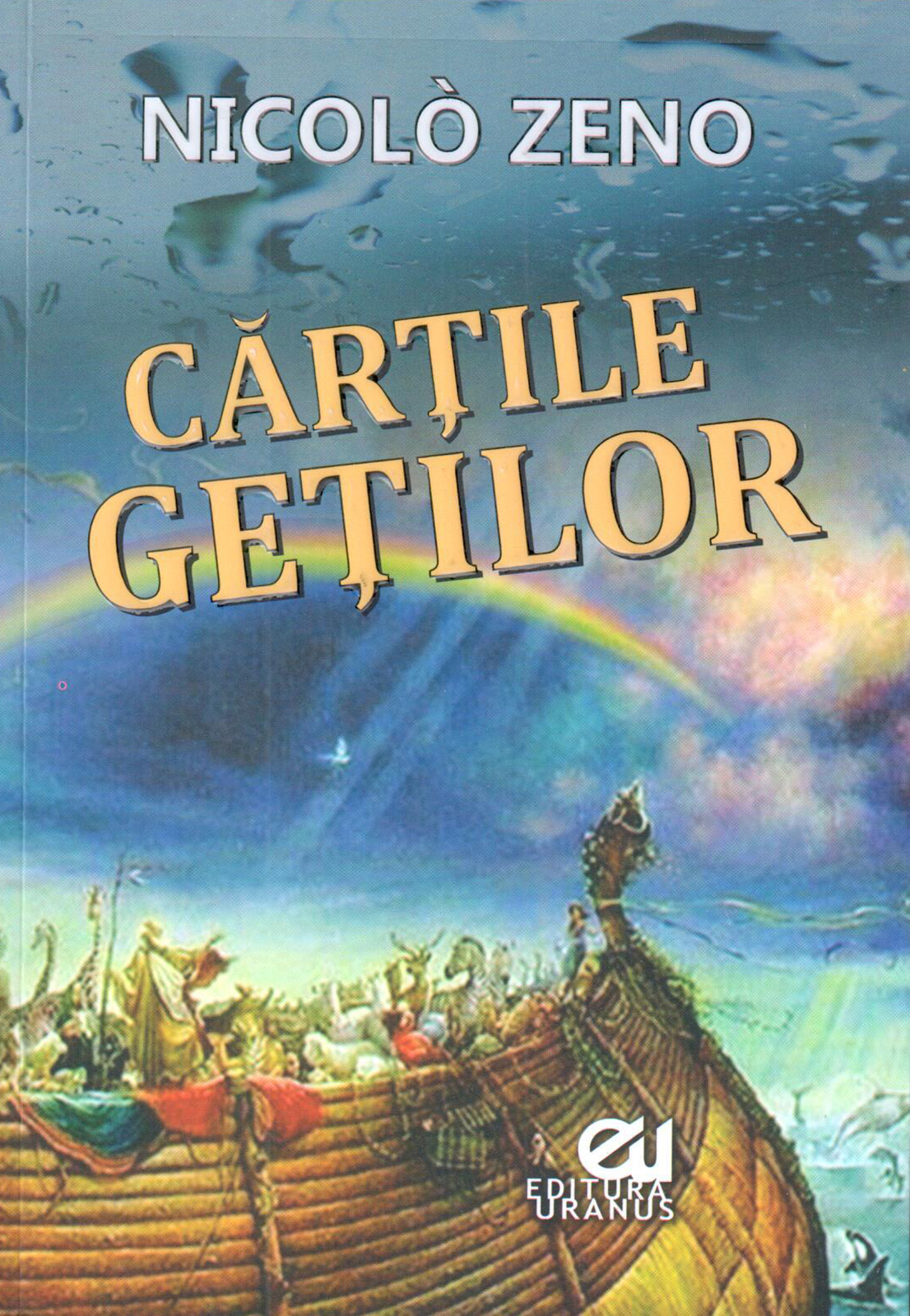 Posted by Mark (Star Mariner)
(here)
quoted from here
Posted by Mark (Star Mariner)
(here)
quoted from here
 Posted by ExomatrixTV
(here)
Posted by ExomatrixTV
(here)
 Posted by John Hilton
(here)
Posted by John Hilton
(here)
 Posted by ExomatrixTV
(here)
Posted by ExomatrixTV
(here)
Even learn how to question literary everything
The word "literary" makes no sense here. Even if it's supposed to be "literally", I think that word is unnecessary.
Anyway, I appreciate all of the essays but I'll restrict my answer to this:
I don't have a religion but my "bible" is "
The Conscious Universe" by Dean Radin. He explains everything far better than I could and, although he's probably a long way from being 100% correct, I think he's closer to the truth than most.
Sorry if am not always 100% correct ... English is not my native language! ... Thanks for the heads-up ... I edited it and corrected it!

<<< me correcting things ...
'Literally', used as an intensifier, is one of the English language's most redundant, over-used, and annoying words. We're all guilty of using it at one time or another, but what's interesting to me is that it's beginning to creep into the vocabulary of non-native speakers, like you John.
That's not a criticism at all, just a casual, but curious, observation

But John Hilton is correct. It's a
bad habit word. Young people are prone to using it in particular. They can scarcely utter a sentence without it these days! 'Literally' shares a close lineage to the word 'really', another over-used word, whose informal context has shifted to a general intensifier from the original adverb, meaning 'what is real'.
Dictionary buffs have much to say on the topic of 'literally'. For its pure and correct usage I like this interpretation:
literally
adv.
in a literal manner; word for word: literally translated; actually; without exaggeration or inaccuracy: The platoon was literally wiped out in the explosion.
So, best used sparingly, and only with context in mind. It can be added to this list of similar, commonly-used modifiers best avoided if at all possible.
totally
completely
absolutely
definitely
certainly
basically
virtually
Posted by Bill Ryan (here)










 Reply With Quote
Reply With Quote




 <<< me correcting things ...
<<< me correcting things ...









Bookmarks